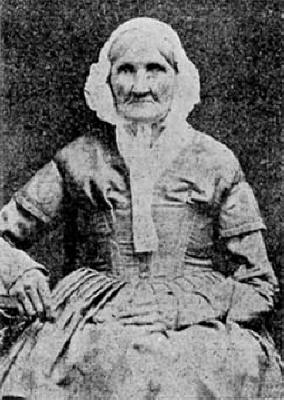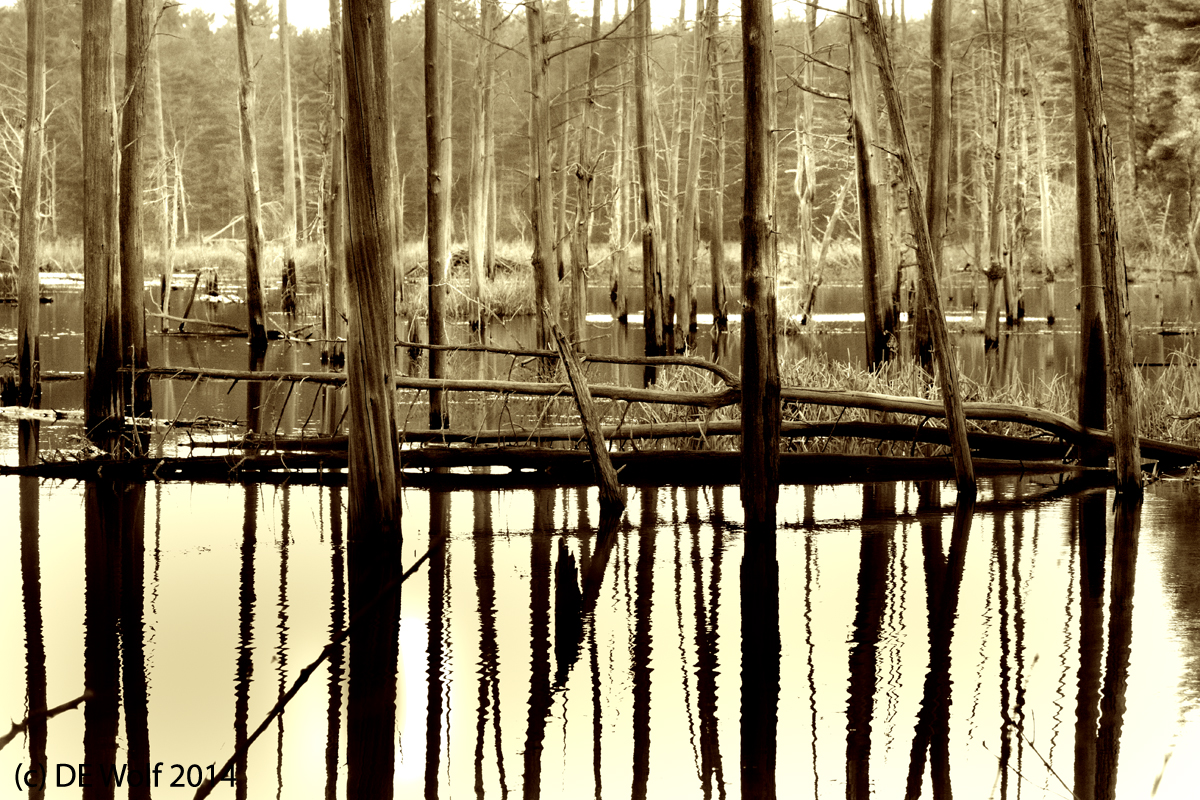The US National Endowment for the Humanities has announced a $125,000 for the digitization of thirty thousand photographs from the New York City Police Archives of crime scenes photographs. The images cover the period from 1914 – 1975 and digitization begins in July after which they will become available on the web.
Remarkably many of these photographs were taken with 8 X 10 tripod mounted cameras. The photographer typically having his service revolver ready in case the situation got dicey. Whereas today police investigators can take literally hundreds of digital pictures with abandon, the large format demanded an economy of precision and choice. And these images typically have that crisp hard perfection of the black and white craft.
Many of them are certain to bring back memories, such as an image of students at Columbia University scaling the police barricades during the antiwar demonstrations in April of 1968. Others offer a more “the way we were” time machine feeling, such as a 1927 photograph of a policeman in a Brooklyn apartment examining two illicit stills for the production of bootleg.
In their book “Capturing the Light,” Roger Watson and Helen Rappaport describe the origins of forensic photography. It was foreseen by Fox Talbot and first practiced very early on. The Belgian police may have been the first to experiment with photographing criminals in 1843-44. Significantly, in 1855 Colonel Gilbert Hogg, Chief Constable in Wolverhampton, discovered among the abandonend belongings of con-artist Alice Grey found a daguerreotype. He took this to Oscar Rejlander who made twenty calotype copies, which were then circulated around the country and led to Grey’s arrest and successful prosecution. It is certainly a story worthy of Sherlock Holmes.
It is a curious fact that the purposeful photography of one generation can become the art of another. Art relates us to a common humanity, to history, and the mythic. Events, once news, have a way of becoming defining legend as the clarity of retrospection defines them in terms of greater social movements. And it is through that process that the metamorphosis of the photograph occurs. In the same way we desperate to look back. A keepsake photograph: a daguerreotype, calotype, albumin, or tin-type, of a century or more ago, becomes something precious to us. We need to connect.


